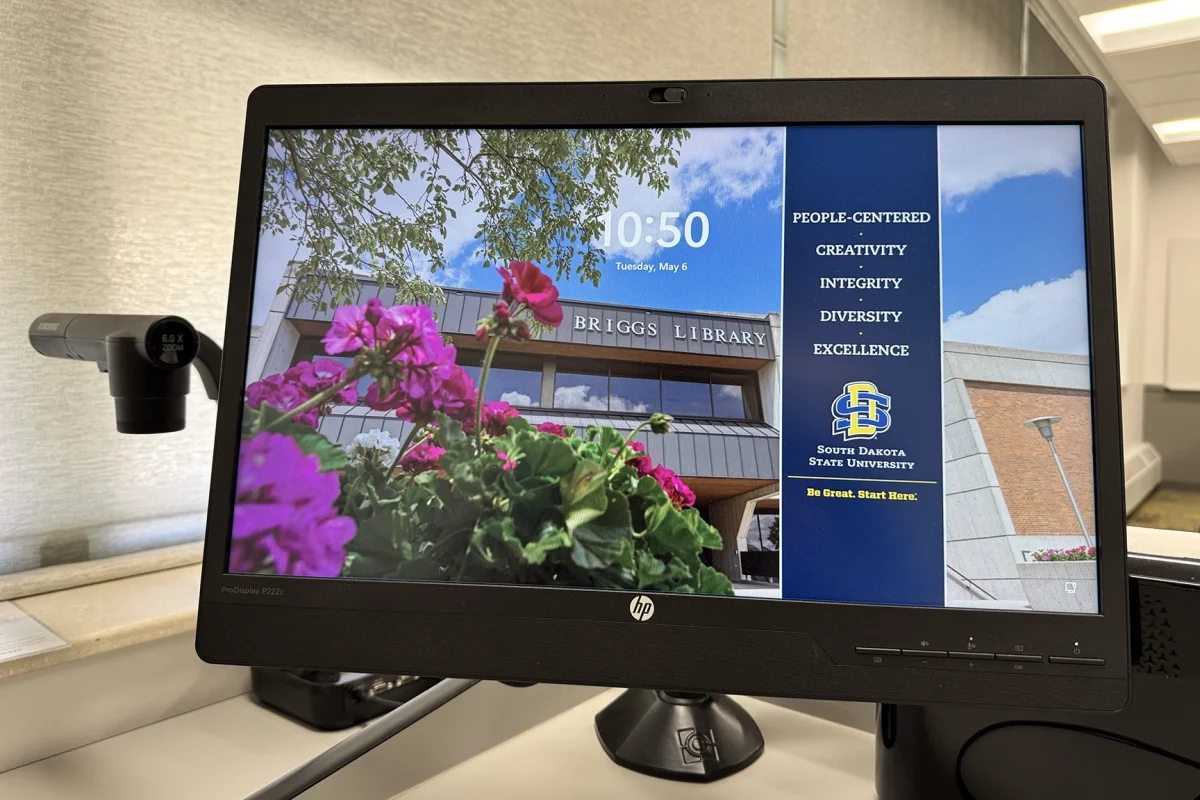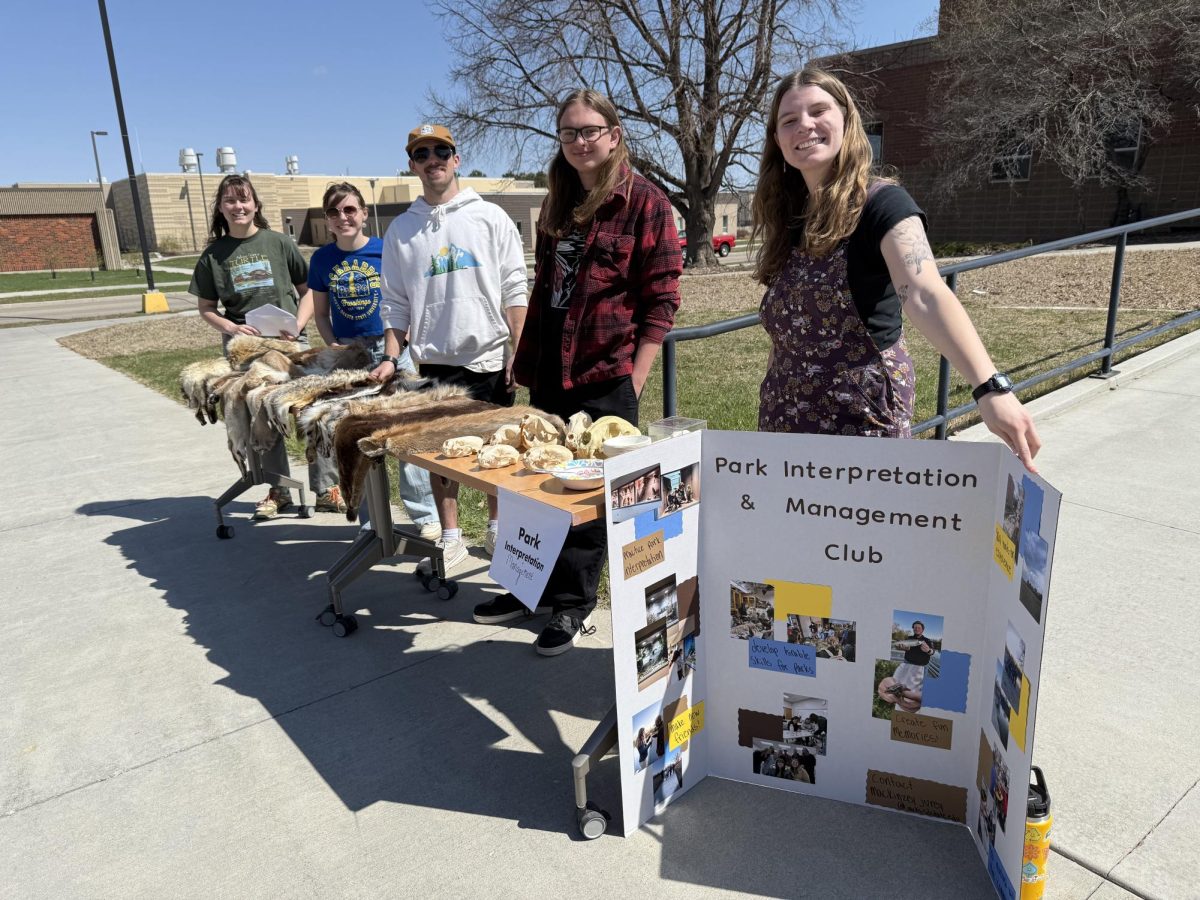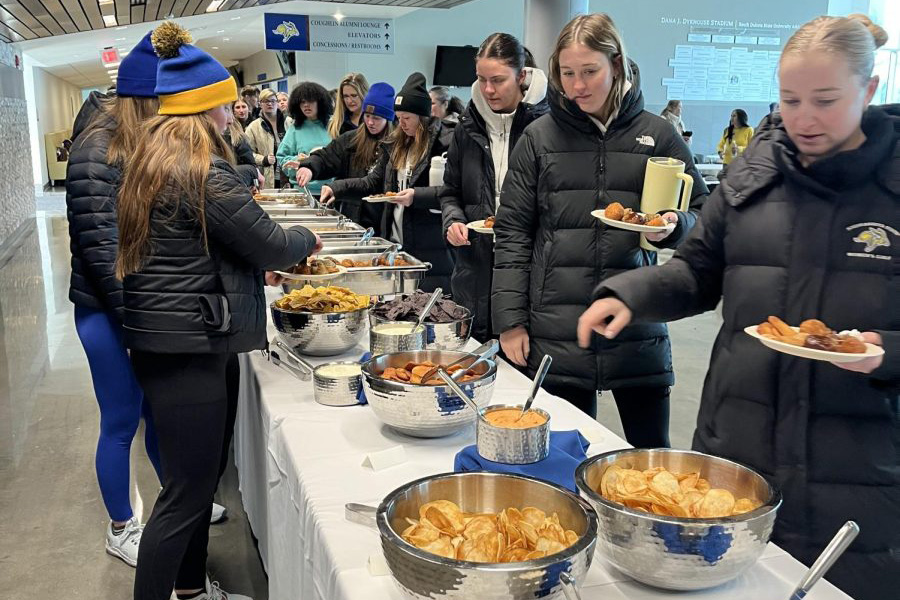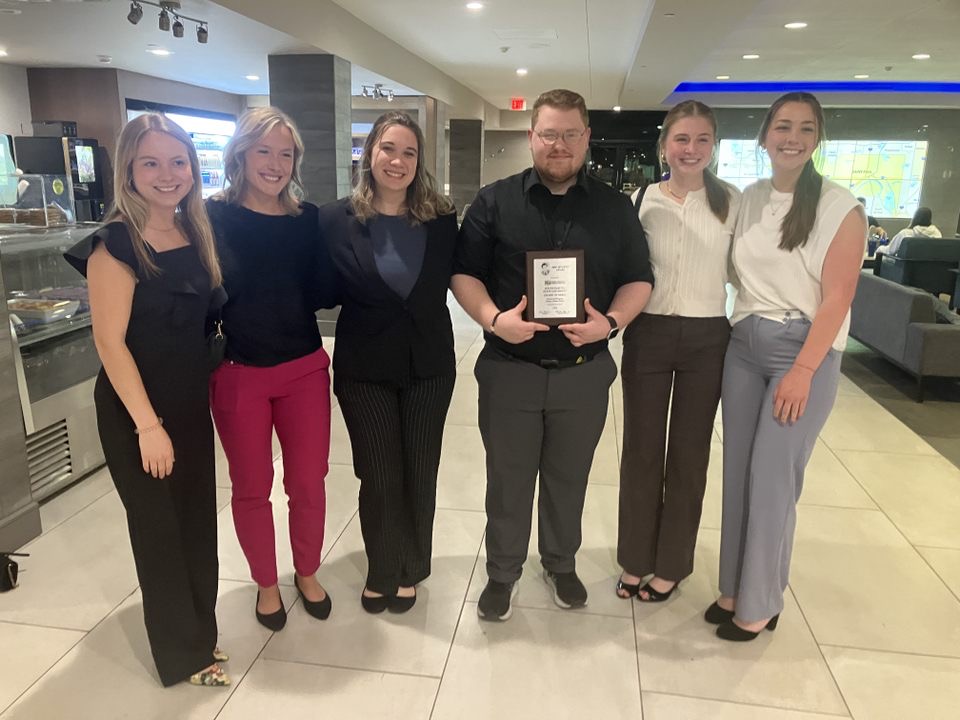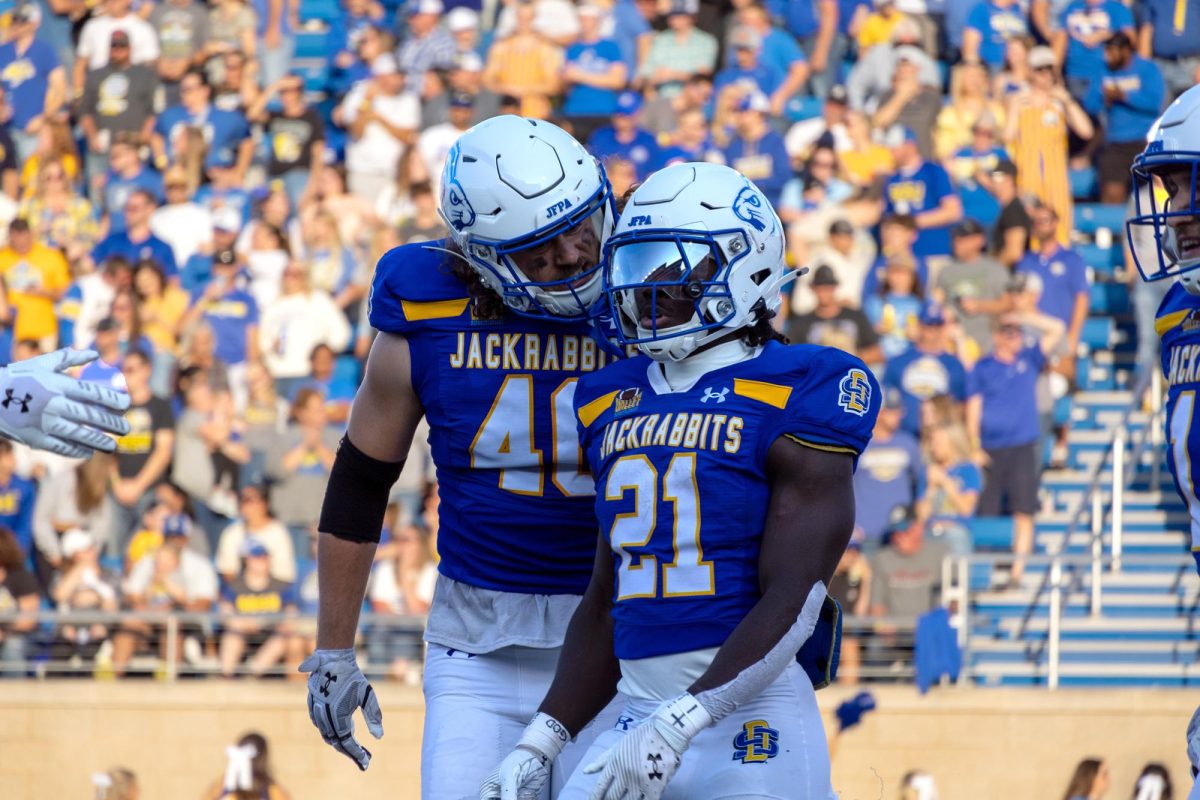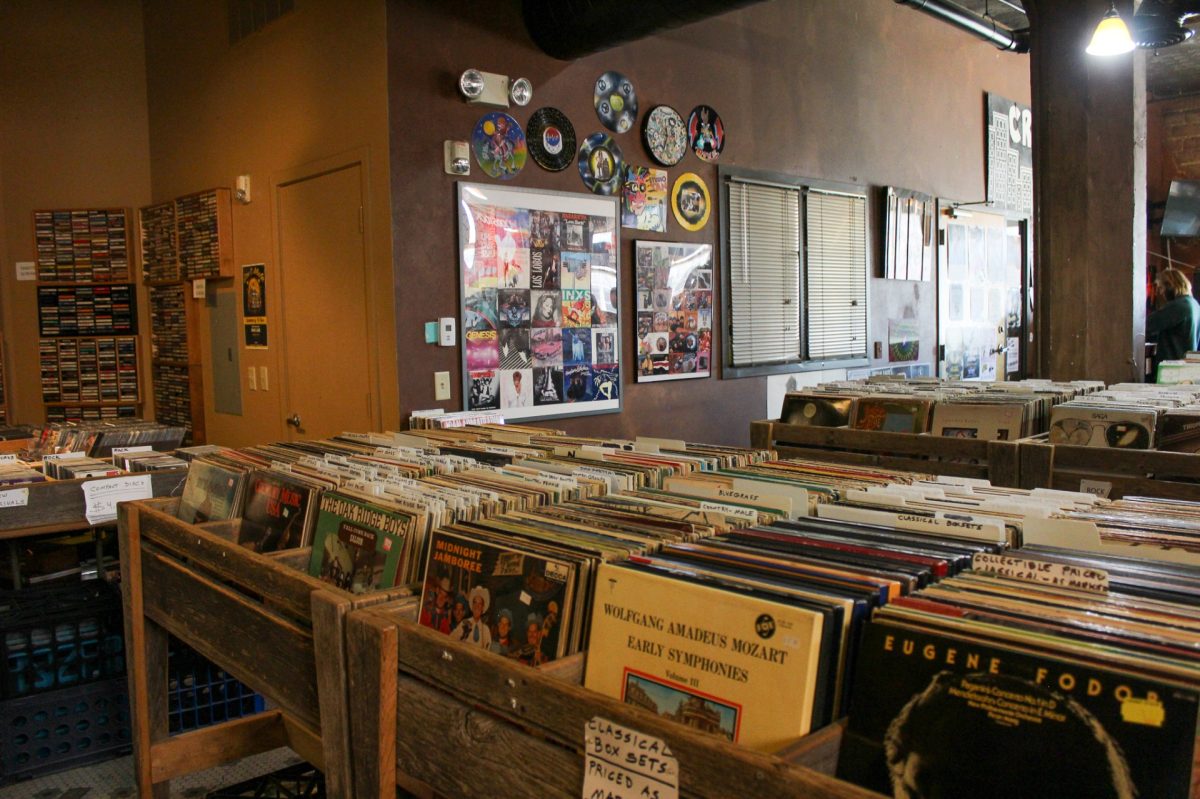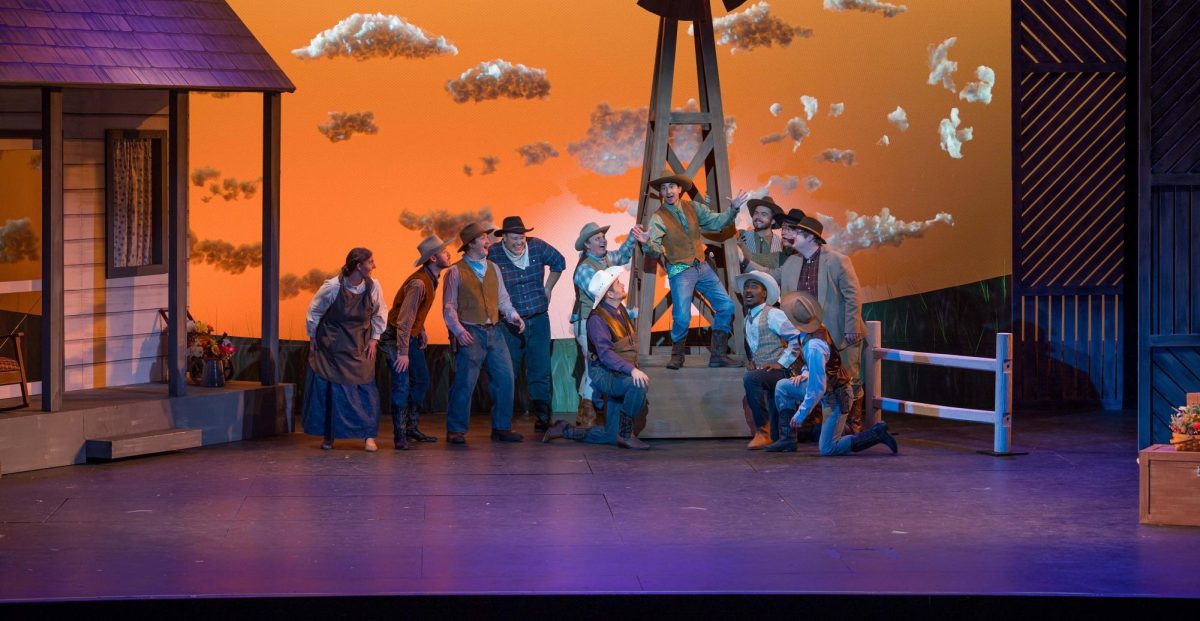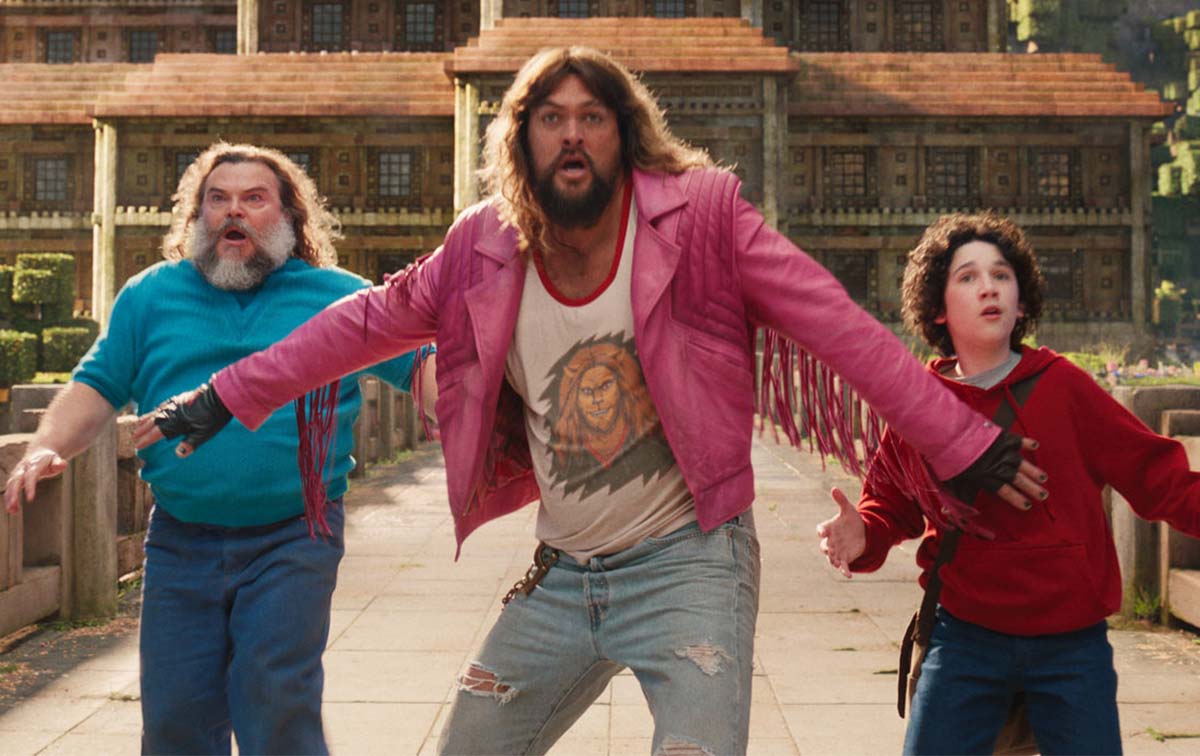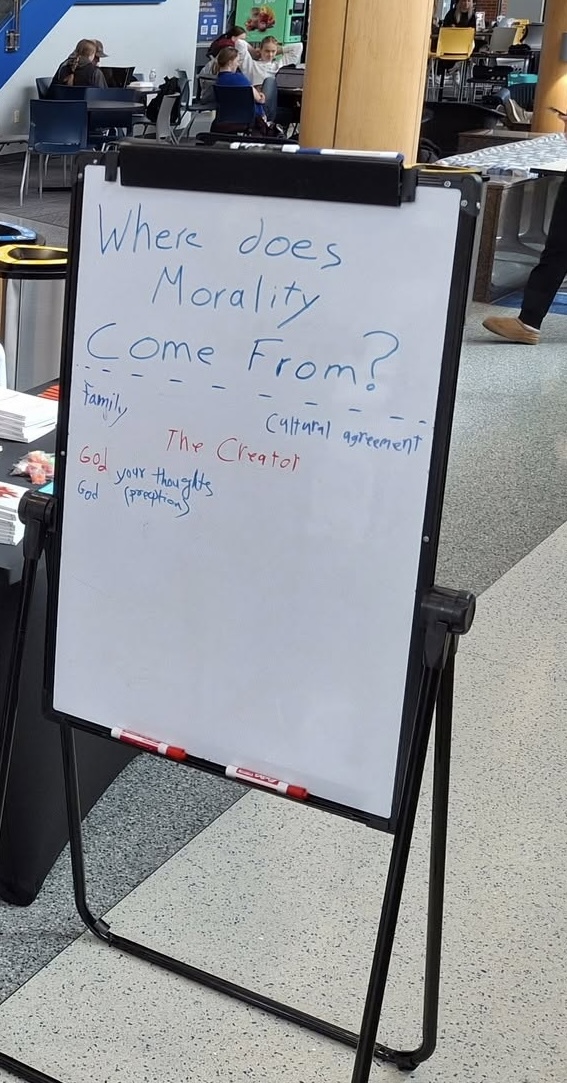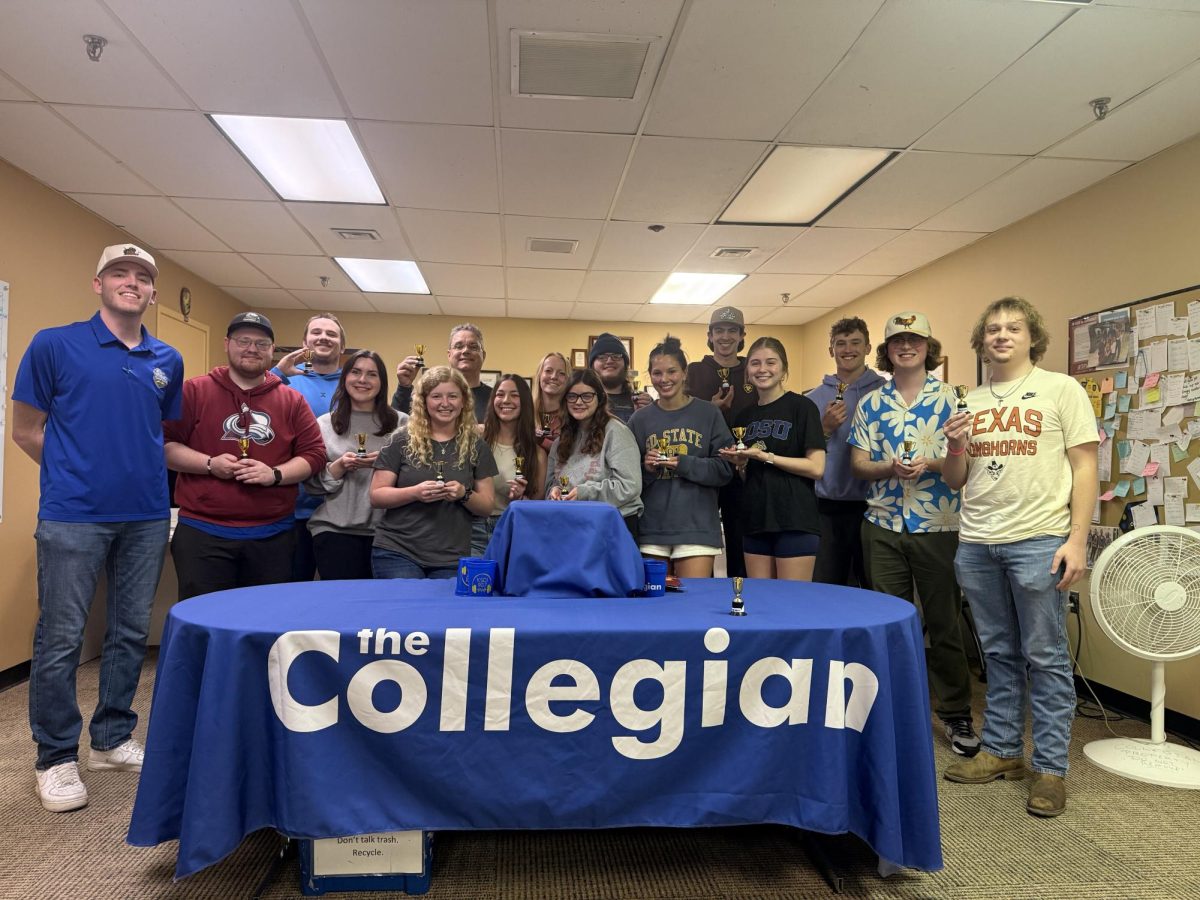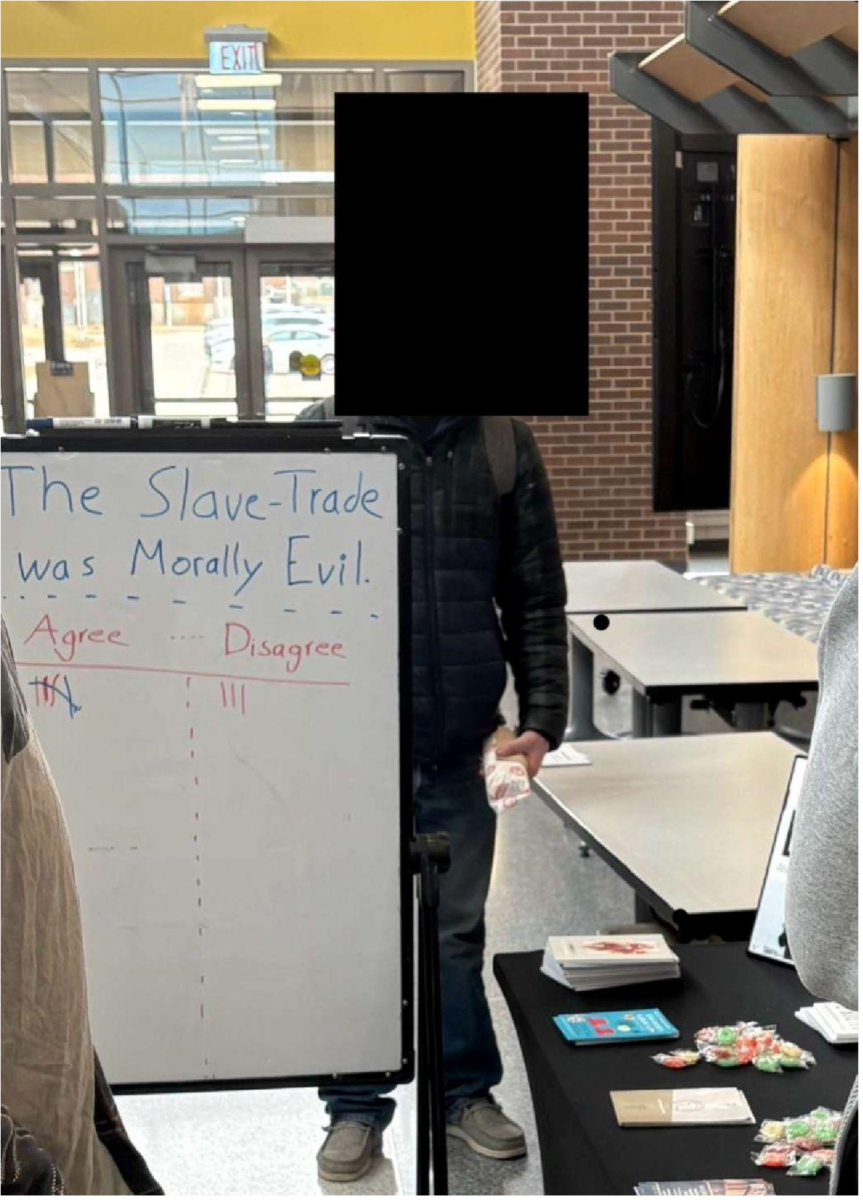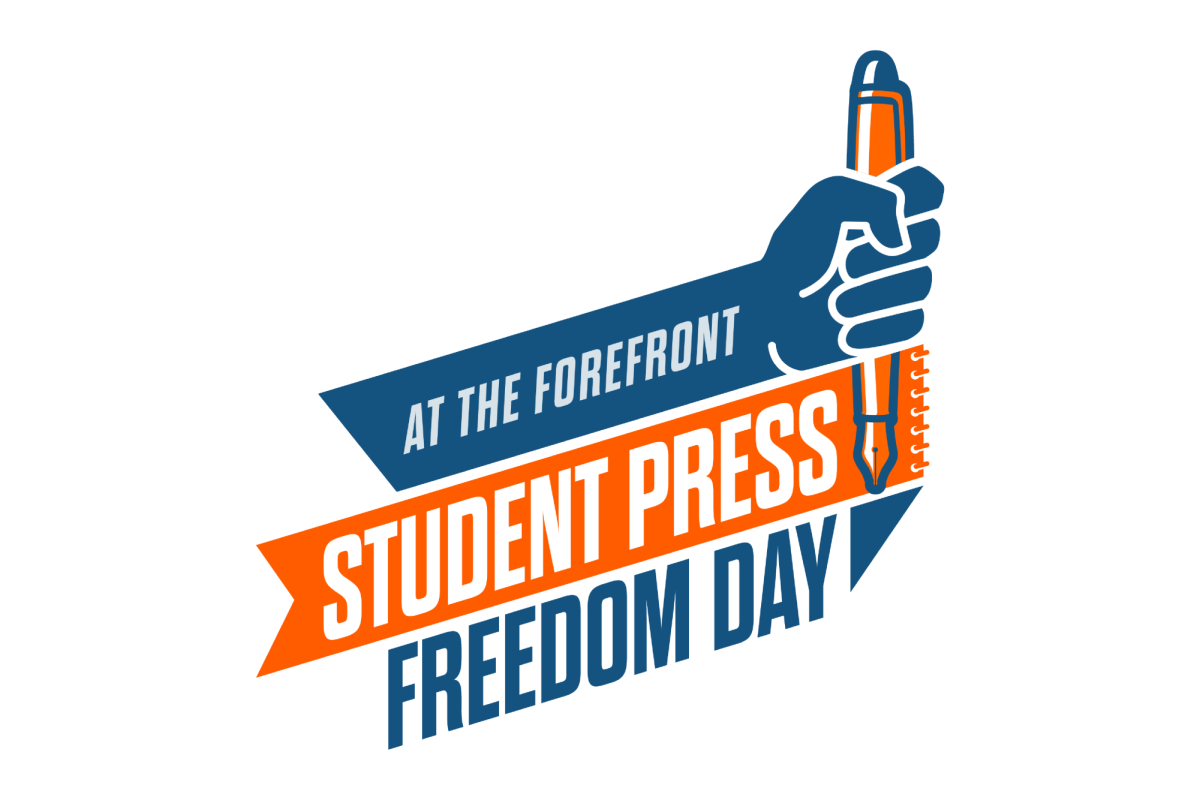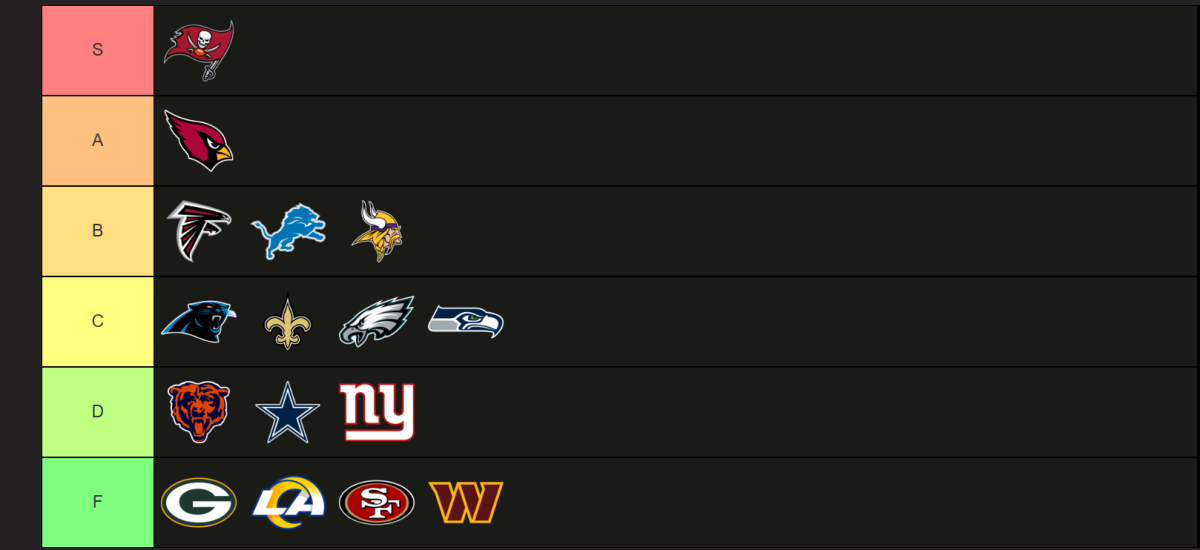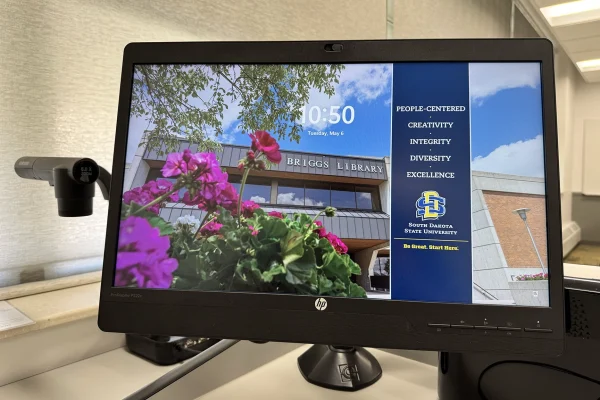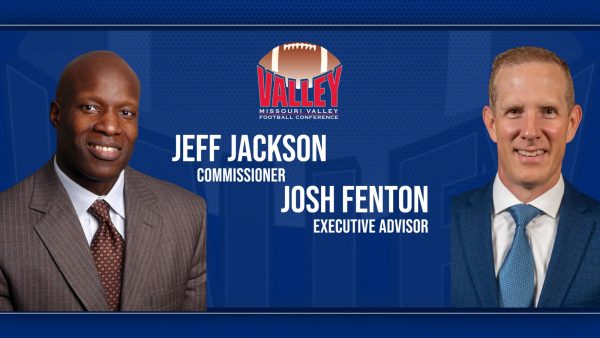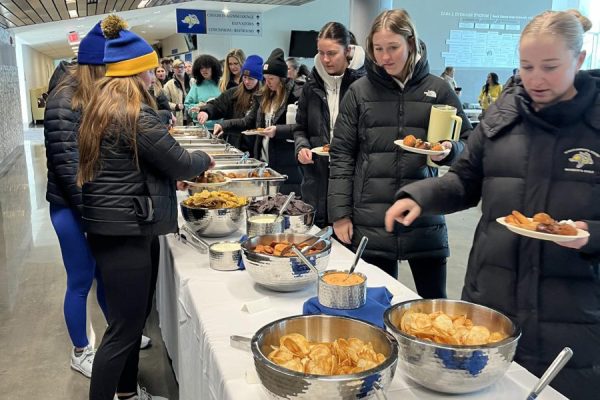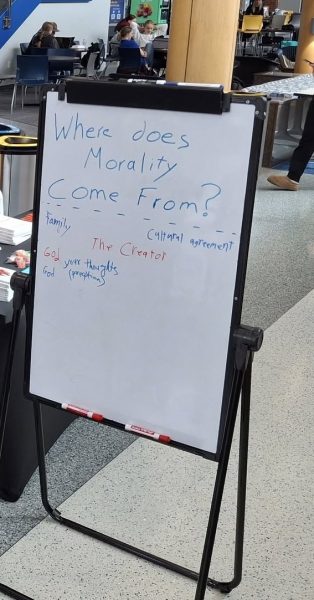New center to enhance diversity across campus
September 7, 2010
David HubbardReporter
SDSU Native American students now have a place to call their own. The new American Indian Education and Cultural Center, located in the former Telecommunications Center on Medary Avenue, has been decades in the making.
Ronald McKinney, Native American student advisor from the office of diversity enhancement, sees the opening of the new center as a first step toward building a stronger future for Native American students at SDSU. He sees the center as a place where students can receive assistance to support their educational needs and hopes the new facility will be a place where all students will feel welcome while providing them with a sense of ownership.
“The university has invested in us,” McKinney said. “Research has shown Native American students do better when they have a place to call their own.”
In spite of the cultural diversity embraced by SDSU, McKinney stated Native American students still feel isolated. For many, this will be their first time away from home and the college environment can be a real culture shock. McKinney sees the opening of the center as a positive step in Native American relations at SDSU.
“Cultural diversity is not just an office, it is a different way of thinking and acting. (There) has to be action behind those words,” said Valerian Three Irons, diversity and service learning associate with the office of diversity enhancement. “This center has been long overdue.”
While neighboring states have had Native American centers for 20 or 30 years, this new center opened its doors to students for the first time at the beginning of the semester. Three Irons sees the opening of the facility as “a good start.”
“You want a strong community. You want a strong foundation,” said Joseph Brewer, coordinator of American Indian studies. “That is a large part of success.”
This center is more than just a benefit to students; it is also a resource for tribal schools, colleges, groups and leaders. McKinney hopes the new center will help to facilitate exchanges between SDSU and other Native American organizations.
Three Irons would like to see the SDSU student population reflect that of the state of South Dakota. While Native Americans make up 15 percent of the population in South Dakota, they make up less than one percent of the student body at SDSU. Three Irons said too many of our Native students leave South Dakota to attend colleges in other states. While many Native students choose SDSU for their education, many more leave the state every year.
Leaders at the center see this as a first step in the future of Native American relations at SDSU. Now the new facility has opened its doors after decades of planning the staff is looking toward the future. Plans for building a larger facility are already under way.
“(The center is a) meeting place where you can be yourself,” said Solomon Derby, an SDSU graduate student. “This is a resource educational center for everyone.”
In fact, the one point everyone reiterated is that the American Indian Education and Cultural Center is a place for all students.
McKinney said a Grand Opening will take place in October. No formal date has been set.
#1.1573131:2981012643.jpg:A group of Native American students pose outside the American Indian Education and Cuktural Center.:Front Row, L to R: Dr. MaryJo Lee, Eliza Yellow Bird, Mary St. Pierre, Cassie Red Bird, Dalta Green, and Jocelyn Wallette; Middle Row, L to R: Valeriah Vasek, Jasmine Wallette, Leah Running Bear, Jaymee Starr, Kelly Philbrick, Ryan Hill, Leah Puckett, Jasonya New Holy, and Nellie Two Elk; Back Row, L to R: Ron McKinney, Melvin Hill, Daniel Johns, Keith Ranger, Kelsey Miller, and Stephen Monteau:COURTESY PHOTO BY RICHARD LEE

